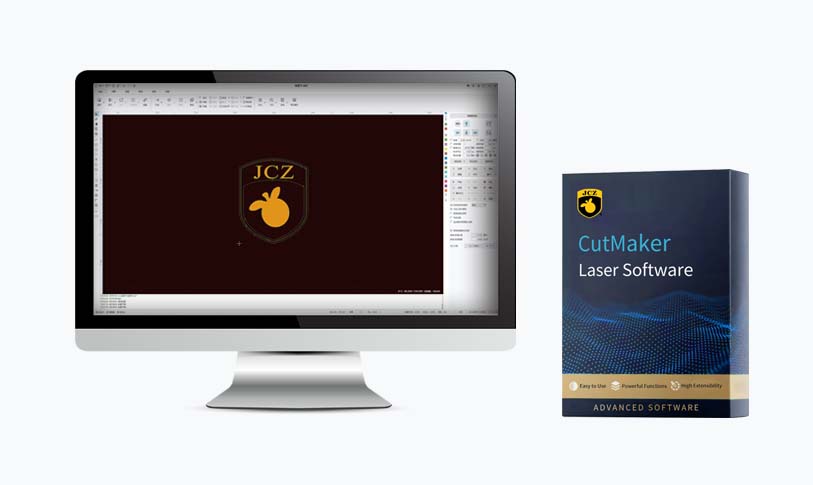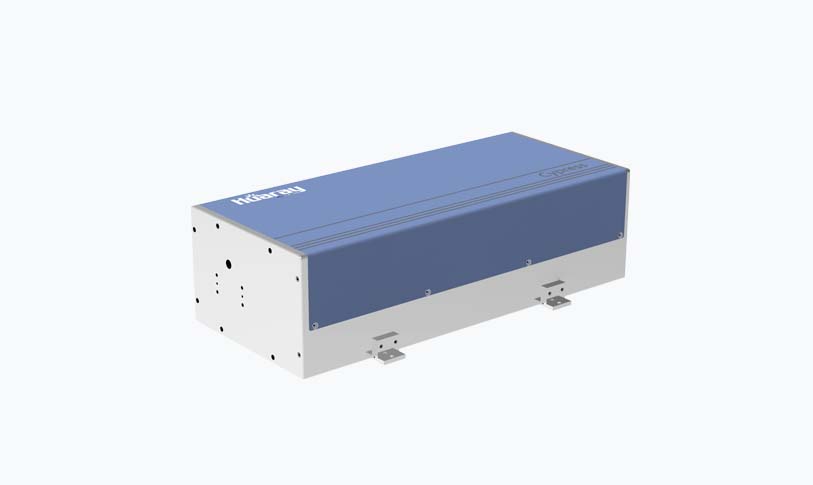[q switched nanosecond laser]Exploring the Innovations and Applications of Q Switched Nanosecond Laser Technology in Modern Industries
The advent of laser technology has revolutionized various fields, ranging from medical procedures to manufacturing processes. Among the most impactful innovations in this domain is the Q switched nanosecond laser. This advanced laser system is characterized by its ability to produce high-energy bursts of light in extremely short durations, typically in nanoseconds. As a result, it has emerged as a critical tool in numerous applications, including dermatology, materials processing, and scientific research.
Understanding Q Switched Nanosecond Lasers
Q switched lasers operate on the principle of storing energy within the laser medium and releasing it in a short, intense pulse. This is achieved through the use of a Q switch, a device that alters the laser’s quality factor, allowing for the rapid discharge of accumulated energy. The result is a high-peak-power output, which is essential for various applications where precision and speed are paramount.
The term “nanosecond” pertains to the duration of the laser pulse, which typically lasts between 1 and 10 nanoseconds. This ultrafast pulse duration enables the Q switched nanosecond laser to interact with materials effectively, making it a preferred choice for precision cutting, engraving, and marking.

Exploring the Innovations and Applications of Q Switched Nanosecond Laser Technology in Modern Industries

Exploring the Innovations and Applications of Q Switched Nanosecond Laser Technology in Modern Industries
Applications in Dermatology
One of the most well-known applications of Q switched nanosecond lasers is in dermatology and aesthetic medicine. These lasers are extensively used for skin rejuvenation, tattoo removal, and treatment of pigmented lesions. The laser’s ability to produce brief yet powerful pulses allows for the precise targeting of pigment or ink particles without damaging the surrounding skin.
In tattoo removal, for instance, the Q switched laser effectively breaks down the ink particles into smaller fragments that the body can naturally eliminate. The process is highly precise, minimizing damage to the epidermis and reducing recovery time. Patients benefit not only from effective tattoo removal but also from reduced scarring and discomfort.
Manufacturing and Industry
Beyond medical applications, Q switched nanosecond lasers play a pivotal role in various manufacturing processes. Their high-precision capabilities make them ideal for cutting and engraving a diverse range of materials, including metals, plastics, and ceramics. In industries such as automotive, aerospace, and electronics, manufacturers utilize these lasers to produce intricate components with high tolerances.
A notable advantage of using Q switched nanosecond lasers in manufacturing is their ability to create clean and precise cuts without the heat-affected zones that often result from traditional cutting methods. This precision is crucial in applications requiring detailed work, such as the fabrication of microelectronic components or intricate designs in jewelry making.
Scientific Research and Development
In the realm of scientific research, Q switched nanosecond lasers are employed for a variety of experimental applications. These lasers facilitate studies in spectroscopy, chemical analysis, and photonics, enabling scientists to investigate material properties at an atomic or molecular level. The high-intensity pulses generated by Q switched lasers can initiate various photochemical reactions, assisting in research across disciplines such as chemistry, physics, and biology.
Moreover, their utilization in time-resolved spectroscopy allows researchers to study ultrafast processes, such as electron dynamics in materials, enhancing our understanding of fundamental scientific principles.
Advantages and Future Prospects
The Q switched nanosecond laser offers several advantages over other laser systems, including its efficiency, precision, and versatility. With advancements in laser technology, these systems are becoming more compact, affordable, and user-friendly, leading to their increased adoption across various sectors.
As industries continue to evolve and demand more precise and efficient processes, the role of Q switched nanosecond lasers is expected to expand. Innovations may lead to even more applications, including enhanced variations of current techniques and entirely new fields of use.

Exploring the Innovations and Applications of Q Switched Nanosecond Laser Technology in Modern Industries
In conclusion, the Q switched nanosecond laser is a remarkable technological advancement, finding applications in areas as diverse as dermatology, manufacturing, and scientific research. Its ability to deliver rapid, high-intensity pulses enables precision and efficiency, solidifying its place as a cornerstone of modern technology. As developments continue, we can anticipate exciting new applications and improved techniques that will further harness the potential of this groundbreaking laser technology.laser controller
